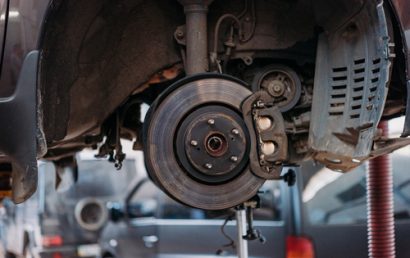Assure Safe Operation Of Your Dust Collector With These Suggestions
In nearly every processing plant on the planet, a key safety component is the dust collector. If a company does not make sure that their dust collector is living up to the demands required of it, regulatory compliance is affected, production time can be minimized, and workers may not be safe. Obviously, it is imperative that companies keep their dust collectors operating in tip-top condition. The following are a few ways to be sure of a safely operating dust collector.
Filters
You don’t want air to escape from the dust collector into the facility in a manner that is contrary to employee safety. Changing ”long-life” filters on a regular basis is highly recommended. In the case of long-life cartridge filters in particular, between changes, as much as two years or more can go by. The replacement of filters needs to be more frequent, however, for heavy dust loading applications.
More Filters
Your collector should be equipped with a safety monitoring filter. This is a High efficiency, secondary bank of air filters. Even if there is a leak in the primary filtering system with your dust collector, these safety monitoring filters make sure that dust does not re-enter the workplace.
Changing Out Filters
To change filters, workers should not need to enter the dust collector. This puts a worker at a definite risk. Special considerations and requirements are in place for companies using these types of dust collectors. For ease of the filter change out, cartridge style dust collectors are perfect. More safety is offered by heavy-gauge, quick-open doors and filters being positioned for easy slide-in/slide-out access.
Emissions Compliance
Your safety director should have, at the ready, a written guarantee of emissions performance from your plant’s filtration manufacturer. OSHA and the EPA are going to want to make sure that, when it comes to required thresholds, your emissions are consistently below or at what is necessary. The performance of emissions will be detailed in grains per cubic foot.
Controls for Cleaning
Working in conjunction with a filter’s design is the design for the dust collectors cleaning system. A maintenance-friendly, easy way to keep filters clean is offered by selective cleaning controls. Selections can be made by operators for downtime, on demand, or continuous cleaning.
Lessen the Risk of Deflagration
Dust collectors must be equipped with deflagration protection if combustible dust is handled by them. This kind of protection comes in many forms. One of the most cost-effective, common passive methods, however, is venting. By utilizing these vents, hazards are reduced by, in the event of a deflagration, an explosion vent opening. This allows the flame and excess pressure to be directed to a safe area.
Isolation valves and dampers should be used in the ductwork of a dust collector. These safety processes are placed upstream of the dust collector. Additionally, make sure that NFPA standards are met by your isolation devices.
Prevent Fires
A range of technologies and features are available for spark generating applications. Please conclude cyclone devices or perforated screens installed at collector inlets, drop out boxes (spark arrestors), flame retardant filter media, and more. With some installations, fire sprinkler systems may be an additional requirement.
Accessories
Additional safety accessories can be coupled with dust collector safety. OSHA outlines many of these. Some of them can include BIBO containment systems, lock-out/tag-out procedures, caged ladders, safety platforms, etc.
At A&A Coatings, we understand the importance of safety and a properly operating dust collector. With our thermal spray coating techniques, you can better assure proper functioning of many of your production plant’s parts, machinery, components, and more. Contact us today to see how we can be of assistance to you, your company, your industry, and your employees.



